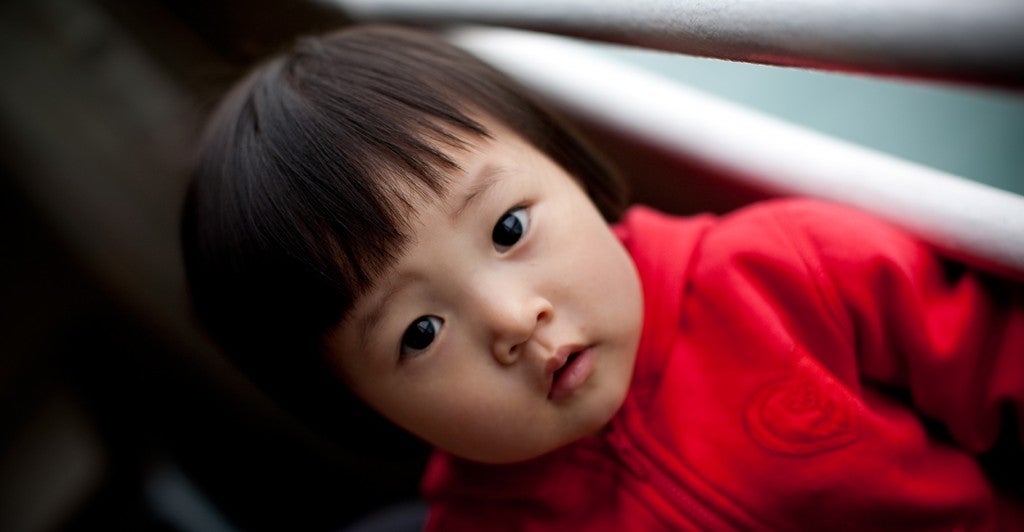Few can forget the image that circulated online a few years ago. A young Chinese woman lay exhausted in a hospital bed, staring hopelessly at the body of her baby girl, reportedly killed after a forced abortion at seven months.
Feng Jianmei and her baby daughter were victims of China’s coercive, unrelenting one-child policy that has continued to wreak havoc on the Chinese people’s hopes for basic freedoms.
Today marks the 34th anniversary of the population control law that prohibits most couples from having more than one child and forbids unmarried women from giving birth.
Often advanced through forced abortions–like Feng experienced–and aided by involuntary sterilizations and intimidation tactics, the one-child policy daily strips the Chinese people of their dignity and basic human rights.
“In China, a woman’s body is not her own. It belongs to the state,” said Reggie Littlejohn, president of Women’s Rights Without Frontiers, during testimony before Congress in 2011. “For the Chinese Communist Party to act as ‘womb police’ and crush the life inside her is a heinous crime against humanity.”
Worse, the one-child policy—coupled with a cultural preference for boys—is ravaging China’s female population. Sex-selective abortion, abandonment and infanticide have resulted in almost 40 million “missing” Chinese women since the 1980s. Bucking nature’s dictated sex ratio of 100 girls for every 105 boys, China’s average birth ratio is now 100 girls for every 120 boys—with some provinces reporting skewed gender balances as high as 130 boys for every 100 girls.
The consequences of such deadly discrimination are serious and could prevent China from realizing greater societal and economic progress. In addition to a dwindling workforce, researchers predict that increased crime, substance abuse and gang activity in China’s future as millions of young Chinese men are demographically prohibited from settling down into the socializing institution of marriage.
Child kidnapping, commoditization of brides and expanded demand for human trafficking are the costs of persistent gender imbalance, with greater risk of violence and a less free world for women in China and surrounding countries.
Although Chinese officials announced a modest relaxation of the policy late last year, even government officials estimate the change will result only in an additional 1 million annual live births. With 16 million births a year, that increase is a small fraction of the number needed to avert the demographic crisis caused by the nearly 400 million births “avoided” during three decades of the one-child policy.
The world cannot turn a blind eye to such abuses. The United States and other international leaders who claim to support individual freedom and human dignity should demand a complete end to the coercive population-control policies that strip women and men of fundamental rights and prohibit China from becoming a truly free and prosperous society.
The Heritage Foundation and Women’s Rights Without Frontiers will co-host an event on Oct, 9 at noon, “China’s One Child Policy: A Discussion on Valuing Women and Girls in the 21st Century.” RSVP or watch the event online here.
